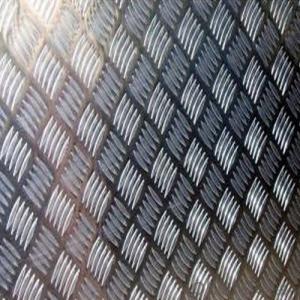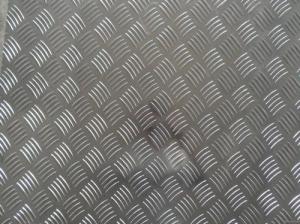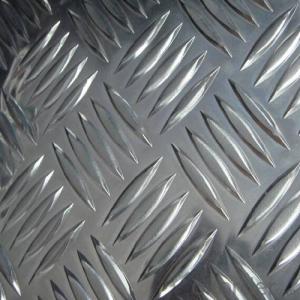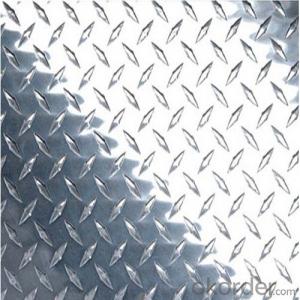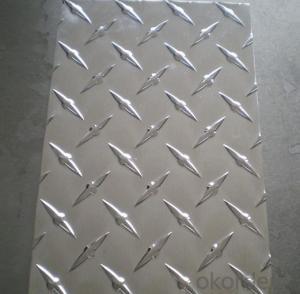4 X 8 Checker Plate Aluminum
4 X 8 Checker Plate Aluminum Related Searches
Led Light Bulbs For Ceiling Fixtures Led Lamps For Ceiling 42 In Ceiling Fan With Light Aluminum Coil Stock For Gutters Aluminum Foil For The Grill Hole Saw For Aluminum Plate Aluminum Tread Plate For Trailer Bow Plate For Aluminum Boat Aluminum Foil For Grow Room Aluminum Foil For Joint PainHot Searches
Stock Price For Aluminum Aluminum Coil Stock For Sale Aluminum Gutter Coil For Sale Used Aluminum Scaffolding For Sale 1/4 Aluminum Plate For Sale Aluminum Bar Stock For Sale Aluminum Round Stock For Sale Aluminum Diamond Plate For Sale Aluminum Scaffolding For Sale Craigslist 6061 Aluminum Plate For Sale Aluminum Dock Plate For Sale 7075 Aluminum Plate For Sale Aluminum Tread Plate For Sale Aluminum Checker Plate For Sale Aluminum Plate For Sale Near Me Plate Aluminum For Sale Aluminum Plate For Sale Aluminum Square Stock For Sale Aluminum Flat Stock For Sale Billet Aluminum Stock For Sale4 X 8 Checker Plate Aluminum Supplier & Manufacturer from China
Okorder.com is a professional 4 X 8 Checker Plate Aluminum supplier & manufacturer, offers integrated one-stop services including real-time quoting and online cargo tracking. We are funded by CNBM Group, a Fortune 500 enterprise and the largest 4 X 8 Checker Plate Aluminum firm in China.Hot Products
FAQ
- Some of the different methods of surface finishing for aluminum sheets include anodizing, painting, powder coating, polishing, and brushing.
- Yes, aluminum sheet can be used for certain medical applications. It is commonly utilized in medical equipment, such as imaging machines, as it is lightweight, durable, and has good electrical conductivity. However, it is important to note that aluminum's use in direct contact with the human body or in implants is limited due to potential health concerns and the availability of more suitable materials.
- I deal with aluminum plate material 2A12, thickness 14mm, crack, same temperature treatment, diameter 8mm aluminum bars, no cracks, original aluminum plate quenching crack, and aluminum plate, the material is closed
- 1. Crack type: longitudinal crackFeatures: by table and depthShape conditions: hardenability of the workpiece, easy to produce raw materials, carbide band segregation or non-metallic inclusions extensionPreventive measures: control raw material quality, select preheating treatment, improve original organization2. Crack type: net crackFeatures: located on the surface of the workpiece, depth 0.01 ~ 2mmSurface conditions: surface decarburization, heat treatment, surface hardening, easy to presentPrevent measures: take heating protection, avoid decarburization, delay quenching cooling, reduce quenching temperature3. Crack type: arc crackFeatures: located at the corner of the workpiece, hidden in the surface layerShape conditions: prone to Weicui through the workpiece or carburized partsPreventive measures: change workpiece design, cross section fillet rationalization4, crack type: peel crackCharacteristic: showing the delamination of hardened layerShape condition: surface hardening parts or heat treatment partsPrevention measures: reasonable choice of medium, delay cooling5. Crack type: microcrackFeatures: defects in microstructureShape conditions: hardening of high carbon martensite nearPreventive measures: avoid heating, hot, coarse grain
- Yes, aluminum sheets can be roll-formed. Roll forming is a process in which a continuous strip of metal, in this case, aluminum, is fed through a series of rollers to gradually shape it into a desired profile or shape. Aluminum is an ideal material for roll forming due to its malleability and ductility, allowing it to be easily bent, curved, and formed into various shapes. It is commonly used in industries such as construction, automotive, and aerospace for applications that require lightweight yet durable components.
- Yes, aluminum sheets can be used for insulation jackets. Aluminum is a good choice for insulation jackets as it is lightweight, durable, and has excellent thermal conductivity. It can effectively reflect heat and prevent heat transfer, making it an efficient material for insulation purposes.
- Could copper wire be welded with aluminum sheet?
- Copper wire could be welded with aluminum sheet, and it needs to use low temperature welding method, if copper wire is in the unit of millimeter and aluminum sheet is also in the unit below 1 mm, you can use electric soldering iron to heat it as hybrid welding and choose low temperature welding materials, you can use WEWELDING M51 welding wire and M51-F flux to complete welding. As for the large aluminum sheet, you can take liquefied gas multihole lance as heat source, then choose the same low temperature materials as welding materials, you can use WEWELDING M51 welding wire and M51-F flux to complete welding. Welding fundamentals of these two welding methods: both of them are use heatable heat source to heat the matrix to 179 degree, the melting point of WEWELDING M51, then use matrix’s heat conduction to melt welding wire, completing welding. The process of melting welding wire is the process of smearing the welding wire with flux into welding area, melting welding wire completely depends on matrix’s heat conduction.
- Indeed, architectural roof systems can be manufactured using aluminum sheets. Aluminum is widely favored as a roofing material due to its exceptional durability, lightweight composition, and resistance to corrosion. These remarkable attributes render it highly capable of enduring diverse weather conditions, such as strong winds, heavy rainfall, and snowfall. Moreover, aluminum can be easily manipulated and molded into various shapes, granting versatility in both design and installation. Furthermore, it is worth noting that aluminum is an eco-friendly choice, as it can be recycled. Ultimately, the utilization of aluminum sheets in the production of architectural roof systems presents a wide array of advantages and proves to be a suitable option for this purpose.













